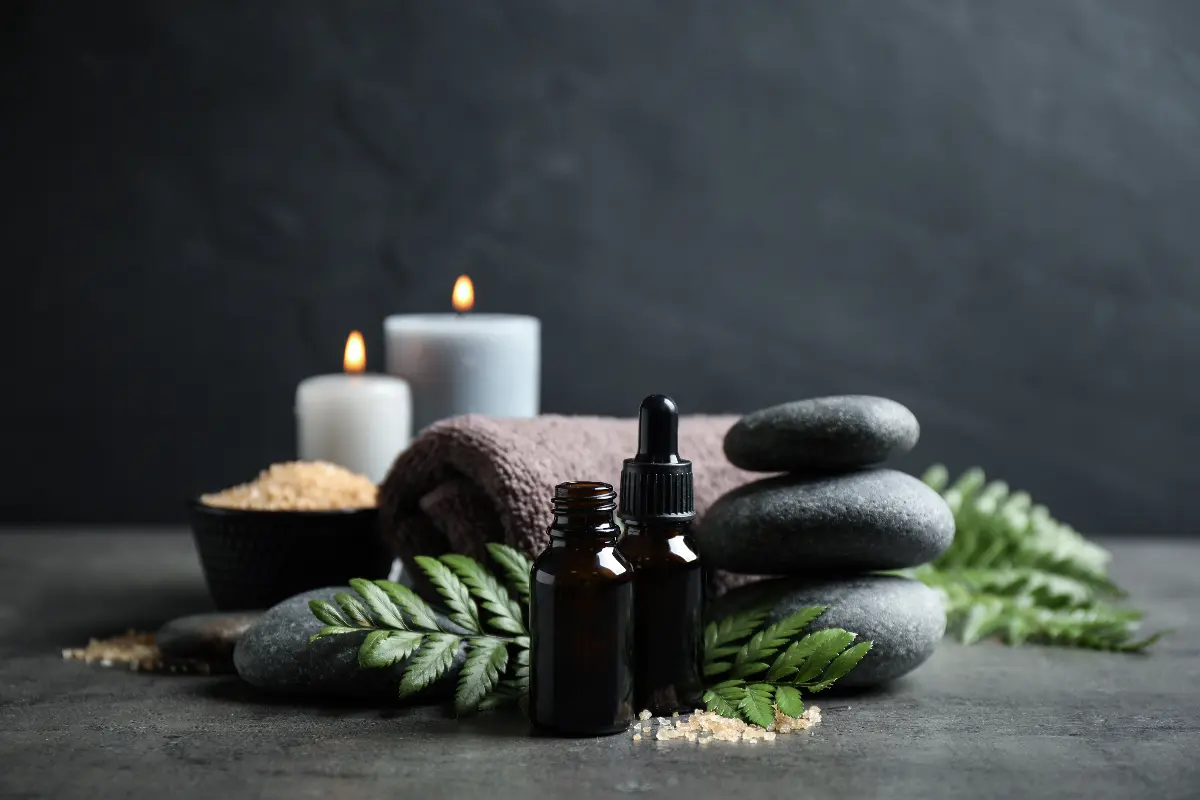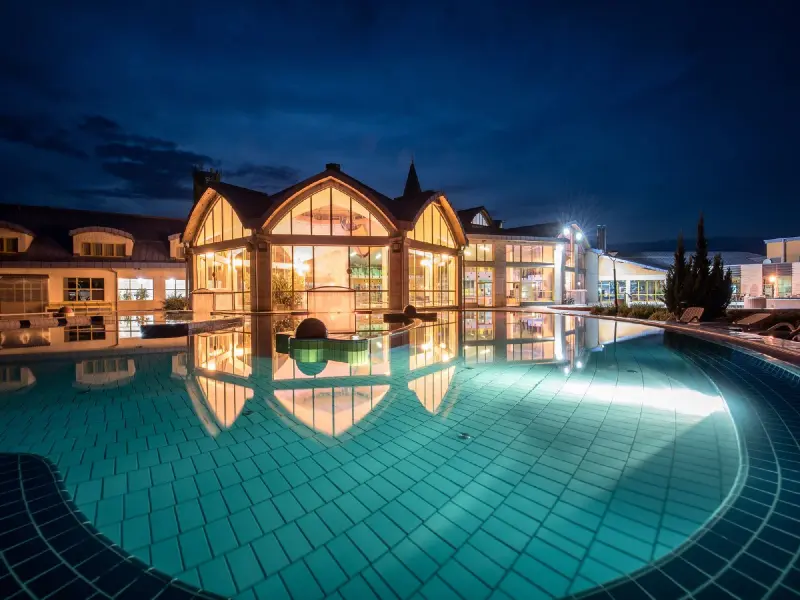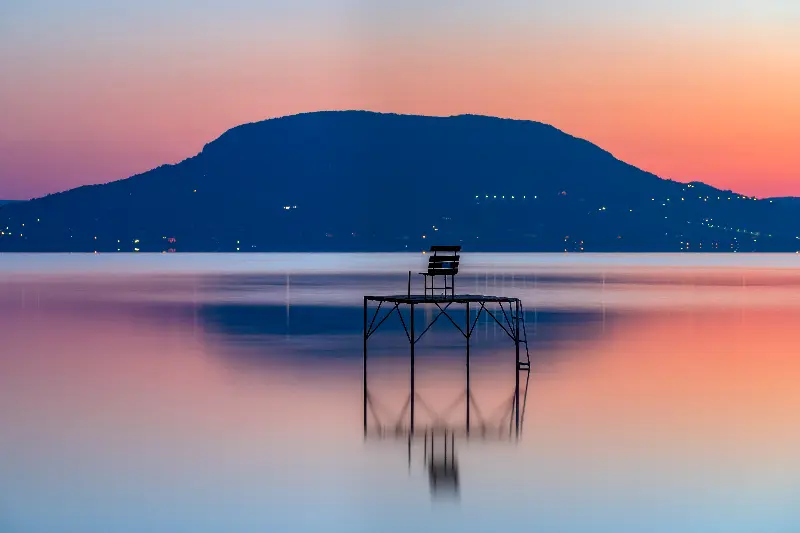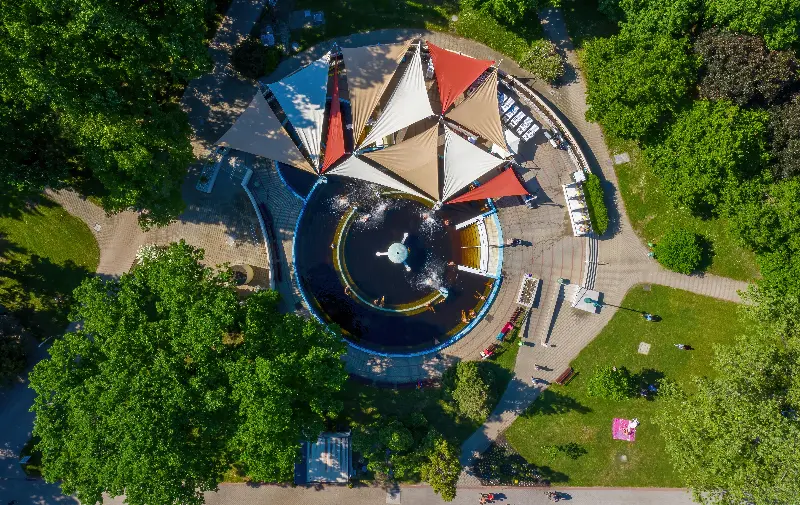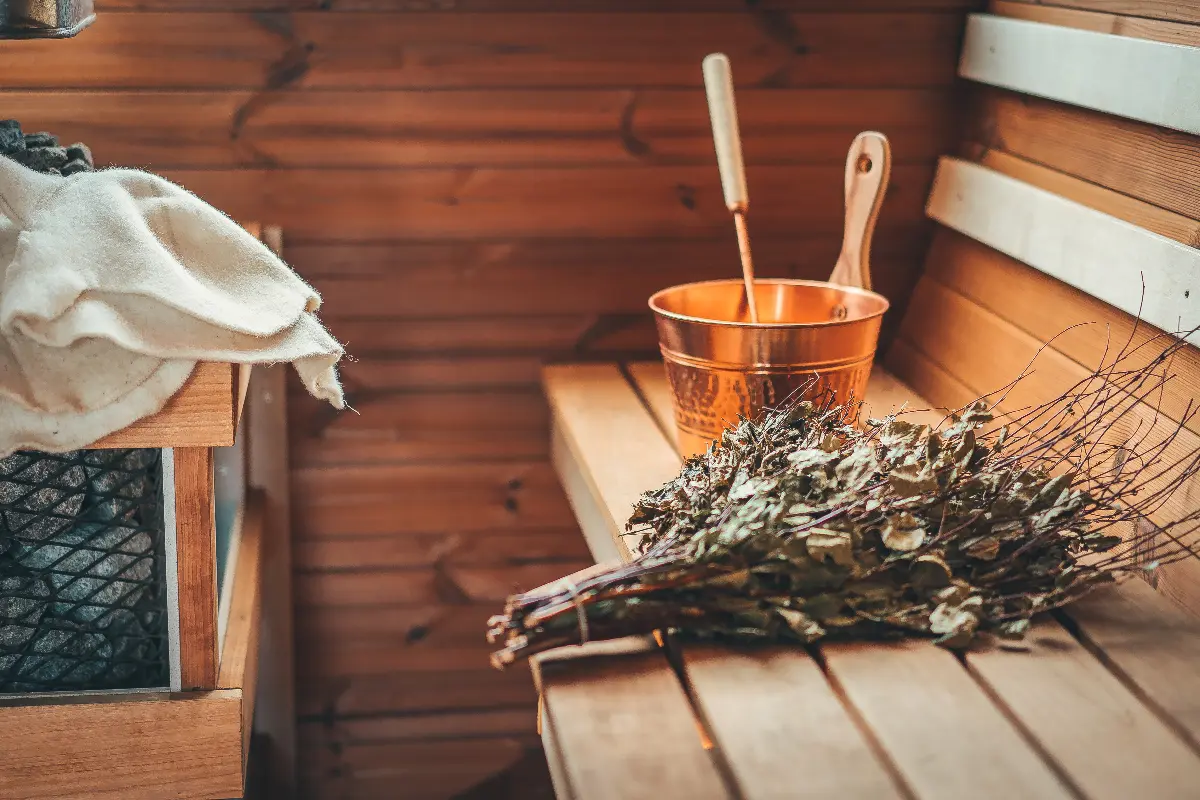
Helyszín címkék:
Gyopárosfürdő: the meeting of Békés County hospitality and modern spa culture
Hegedüs Robi
The beginnings
Gyopárosfürdő is only three kilometres from the centre of Orosháza. By the reform era, the settlement, which had developed into a real market town, began to grow, with the locals living in modest living conditions moving to the area of Gyopárhalma, a cropland, because of cheaper land prices. Lake Gyopárosi (which is actually a system of three lakes) was initially used to soak the fibre hemp grown and to bathe horses used for agricultural work. Over time, however, the healing properties of the water and mud were recognised, and on the advice of local doctors, areas suitable for bathing were designated, and by the 1880’s, a vibrant bathing life of national importance had developed.
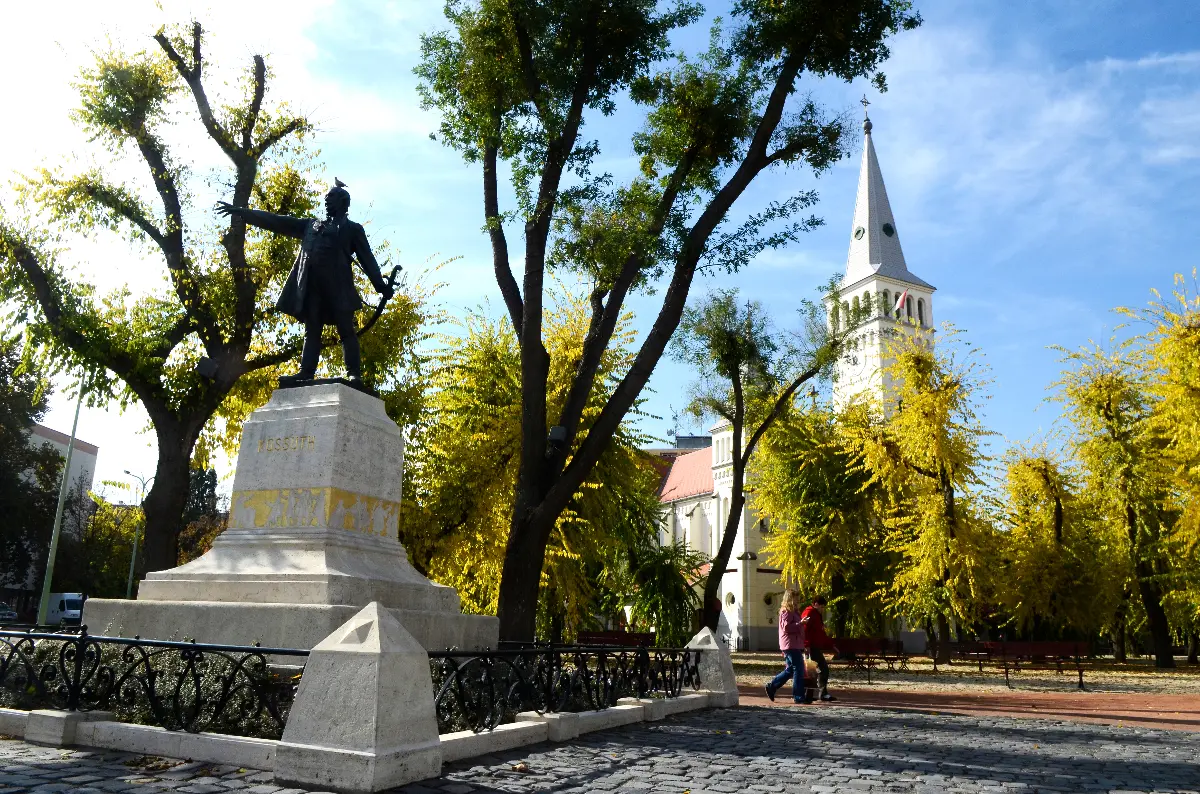
Kálmán Mikszáth wrote enthusiastically about it in Pesti Hírlap in 1881:
“On the shores, a great crowd of people is surging, dressing and undressing, and in the lake, people are swarming, swimming, rowing, women and men mixed, the noble lady beside the crippled beggar, the fair maiden chatting with her half-naked admirer, and they are chasing each other, the water foam gently splitting in two before them. – Never such a world! – I said involuntarily.”
Medicinal effect
Although a local doctor, Dr. László Elek, observed the beneficial effects of bathing in the lake on gout patients as early as the 1860’s, it was only officially declared a medicinal lake in 1999. As you know, there are several types of thermal water, of which the thermal water of Gyopáros is alkaline bicarbonate, i.e. contains bicarbonate of soda, due to the naturally occurring alkaline metals (sodium, potassium). Similar water can be found in nearby Gyula, and further afield in Parád, Sárvár and Fonyód. This water is also perfect for drinking cures, relieves stomach acidity and enteritis internally (see also Salvus Thermal Spring Water), while bathing is beneficial for osteoarthritis, and is also indicated for itchy skin. It is also recommended as a complementary treatment for recovery from accidents and surgery.
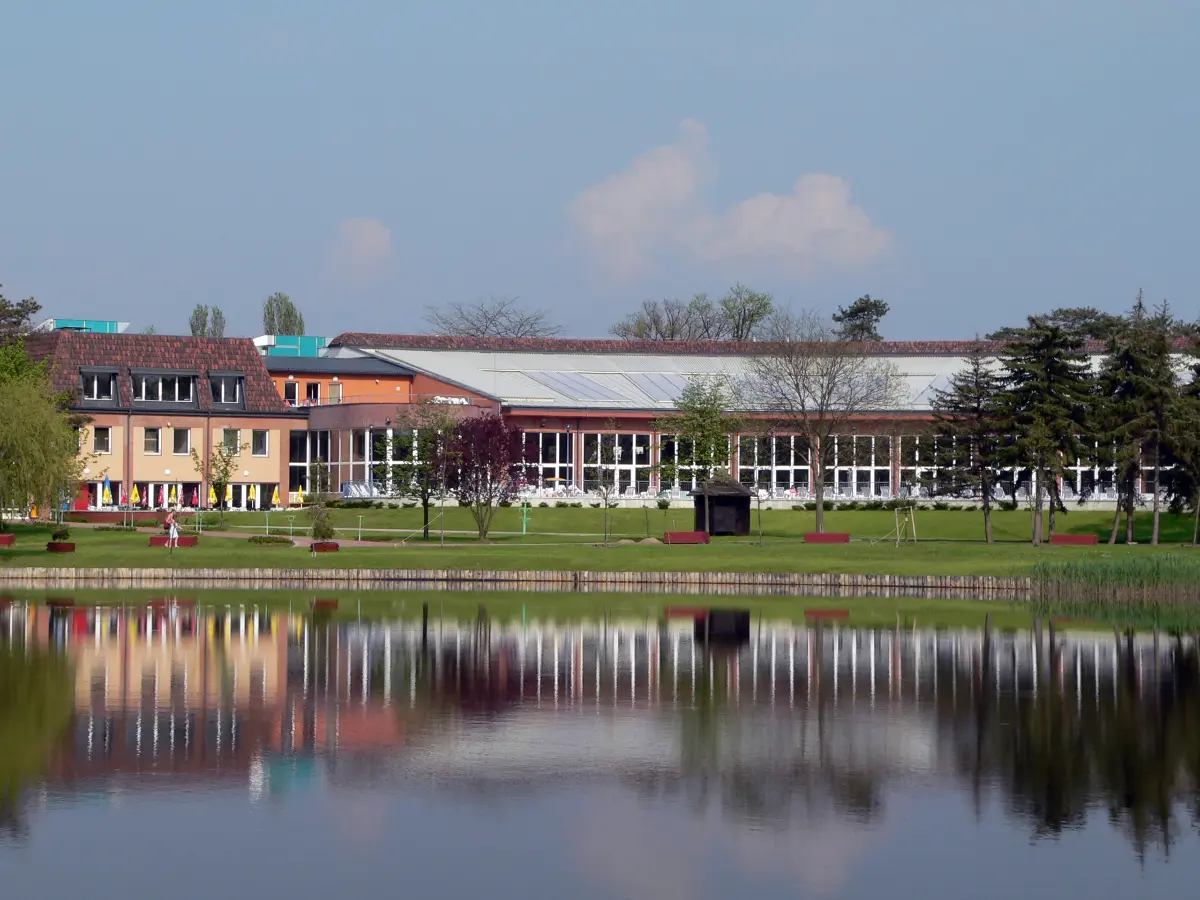
The Gyopárosfürdő Medical Centre offers targeted therapies of 7, 10 or 14 days in fourteen fields. Specialist clinics can be booked for spinal disorders, rheumatic disorders, soft tissue injuries, among others, but they also offer stress relief therapies.
Island of Experience
From the very beginning, Lake Gyopárosi has been waiting for those who want to relax and refresh their body and soul. In 1906, rail transport started on the Szentes-Orosháza line, and by 1925 a direct railway line to Gyopárosfürdő was built. During these decades, the lake bed has been cleaned up, landscaping of the lakeshore has begun and a series of holiday homes have been built nearby. Also “born” in 1925 is the snow-white water tower that is regarded as the symbol of the resort. Once steam-powered, it has long since fallen into disuse and is now home to a panoramic terrace and a local history exhibition. After the enforced shutdowns of the era of world wars, the bathing life resumed in 1958 and the beach developments began. A real breakthrough was the opening of a 6,000 square metre wellness area in 2004. A sauna park with eight cabins, outdoor and indoor whirlpool experience pools, giant slides, a fitness room and a restaurant have been added, as well.
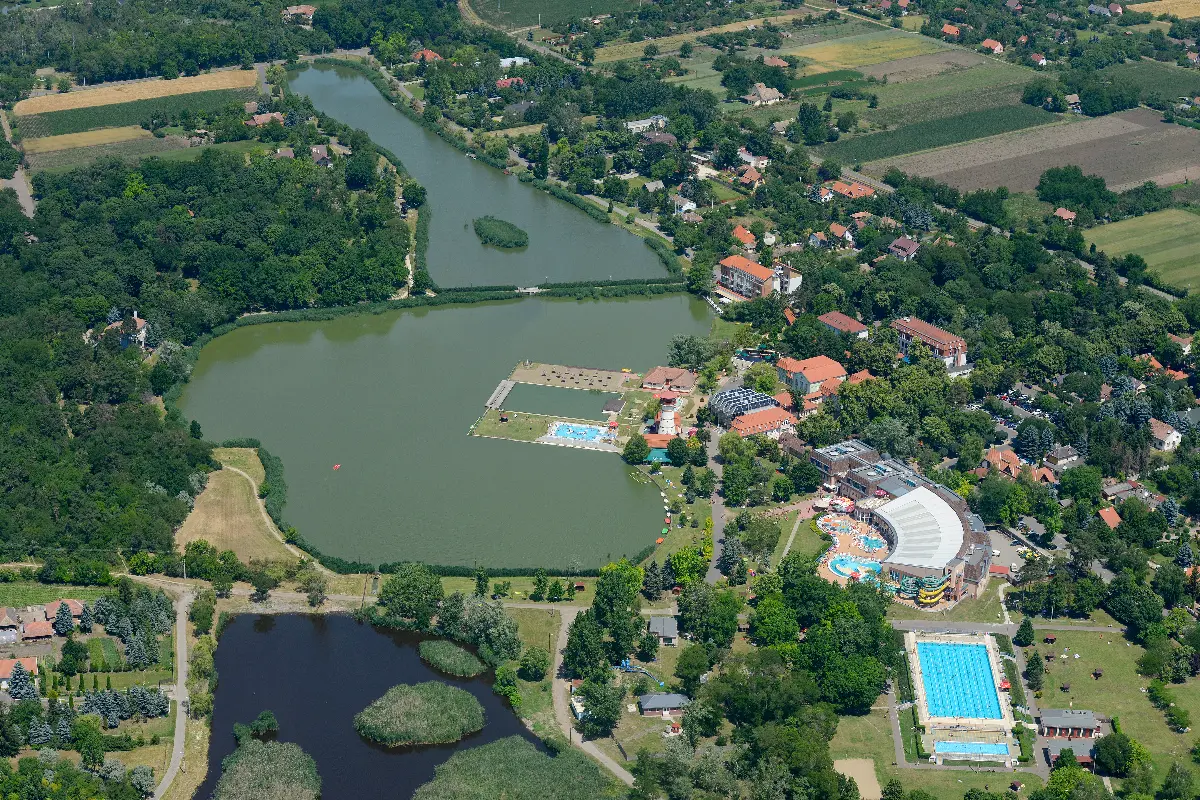
Recently, the central lake has been made suitable for boating and water biking, and fishing is allowed in the southern part. If all that wasn’t enough, there are great cycling trails, tennis courts, paintballing, a forest cabin campsite, a cheese dairy workshop and a farmers’ market near the spa. The spa doesn’t stop for the festive season either, so it is worth planning a few days of pampering for the Christmas break.

